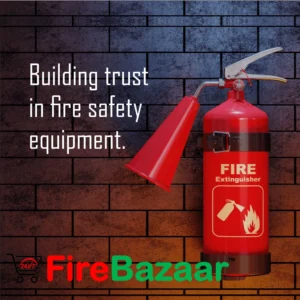Fire extinguisher installation guide Fire Code officials are charged with ensuring that occupancies are properly outfitted with fire extinguishers and that they are placed in the right locations. This resource identifies which occupancies require Extinguishers and where they..

